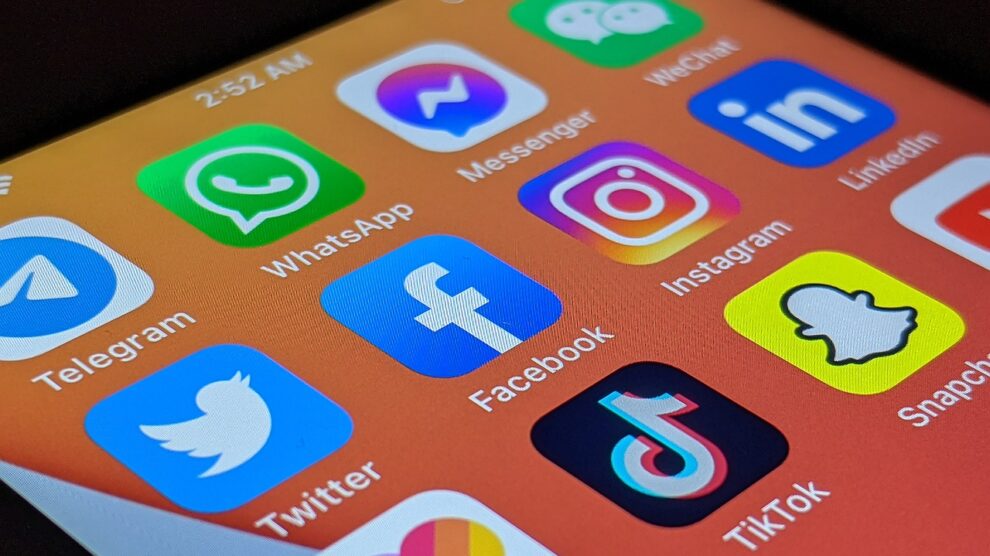It’s opening day and you’re ready.
Your shop is slick. Your products fulfill a niche need your customers can’t easily find locally.
Prospects should be lining up out the digital door. Instead, you’re seeing abandoned shopping carts.
What happened?
Over the past few years, dropshipping has surged in popularity. It’s no wonder – by 2021, online shoppers are predicted to exceed 2.14 billion. That’s roughly a billion more people than the combined population of the US and Europe.
With such a ready consumer-base, like-minded entrepreneurs have flocked to dropshipping in droves. If you’re new to the industry, it may seem too competitive to find success.
That’s why leveraging social media is a major key to running a killer dropshipping business.
How to Use Social Media to Drive Traffic to Your New Dropshipping Business
It’s no secret: social media is the ideal platform for grassroots content marketing with an uber-wide reach. In 2020, the worldwide social media user-base is expected to break 3 billion.
On social media, prospects can see your products in-use, in-effect, and in-production. This type of transparency is crucial for building your brand’s online credibility.
Interested? Here’s where to start.
1. Know Your Target Demographic
To run a successful Shopify dropshipping business, knowing your audience is essential.
Where does your target demographic spend time on the internet? To accurately answer this question, you need to answer the following questions first.
- What age group does your target audience belong to?
- What is their gender?
- What income bracket do they fall into?
- What level of education do they have?
Next, use what you know to ensure you’re choosing products relevant to their needs.
Start your research with these 3 powerhouse resources:
1. Pew Research Center – Check out their current social media research.
2. Google Trends – Throw writer’s block out the window and discover exactly what your audience is looking for.
3. Survey Your Email List – If you’re still building your email list, try polling on social media first.
Research can be time-consuming, but it’s worth it. It will help you target the right platforms, reach your leads more efficiently, and save you a TON of time in the long-run.
2. Optimize Your Posts for the Platform
For an engagement win, it pays to target your content: users respond more to posts tailored to the purpose of the platform.
Here’s how to get started:
- Facebook – Reach an audience of 1.9 billion monthly users. On Facebook, video content (polished or low-key) often gets the most shares.
- Twitter – Every second, 9,000 tweets hit Twitter. This conversation-focused platform is a great place to answer FAQs, ask your customers questions, and post photos that will get your audience talking.
- Instagram – Instagram and Twitter can work hand-in-hand. Instagram is a great place to expand your photo posts and give your prospects backstage look at your everyday operations.
- Pinterest – With a visual-focus, Pinterest is awesome for product photos and timely how-tos. For example, if you are selling backpacks in September, consider creating a back-to-school fashion post.
- LinkedIn – If your products have a B2B focus, or you’d like to prove yourself as an industry thought leader, LinkedIn is a smart choice. Experiment with posting a mix of case studies, articles, and authentic seat-of-your-pants content.
Not sure if your content is right for the platform? Try using Google Analytics to track your traffic and learn what your audience loves.
3. Use Your Social Media Scheduler Wisely
Social media scheduling can be a lifesaver, especially if you are the main force behind your business.
Here’s the problem: scheduling every post can distance you from your audience and make your brand seem stiff and unnatural.
Brands that create content on the fly are seen as more authentic, more on the pulse, and more human. In this era of ultra-extended screen time, your customers are starving for genuine human connections.
If you schedule all of your content, you’re missing out on a huge opportunity to emotionally connect with your audience.
That’s why I recommend splitting the difference.
Here’s what you should consider scheduling:
- New product releases
- Holiday content
- Promotions and sales
- Evergreen content
4. Keep it Real
According to Mark Schaefermade’s Marketing Rebellion, successful businesses prioritize “human impressions instead of advertising impressions”. Emotional, human-focused content = a marketing win.
If in doubt, remember this: your customers are humans. They appreciate (and will engage way more with) businesses that look like they’re run by humans, too.
Ready to Launch?
Social media is amazing for growing your brand, cultivating your audience, and organically bringing prospects to your shop.
What it can’t do is connect you with suppliers, detect trending products, or optimize your website with plugins and themes.
Looking for efficient, AI-driven solutions to everyday eCommerce tasks? Consider pivoting your Shopify dropshipping business to SaleSource.





